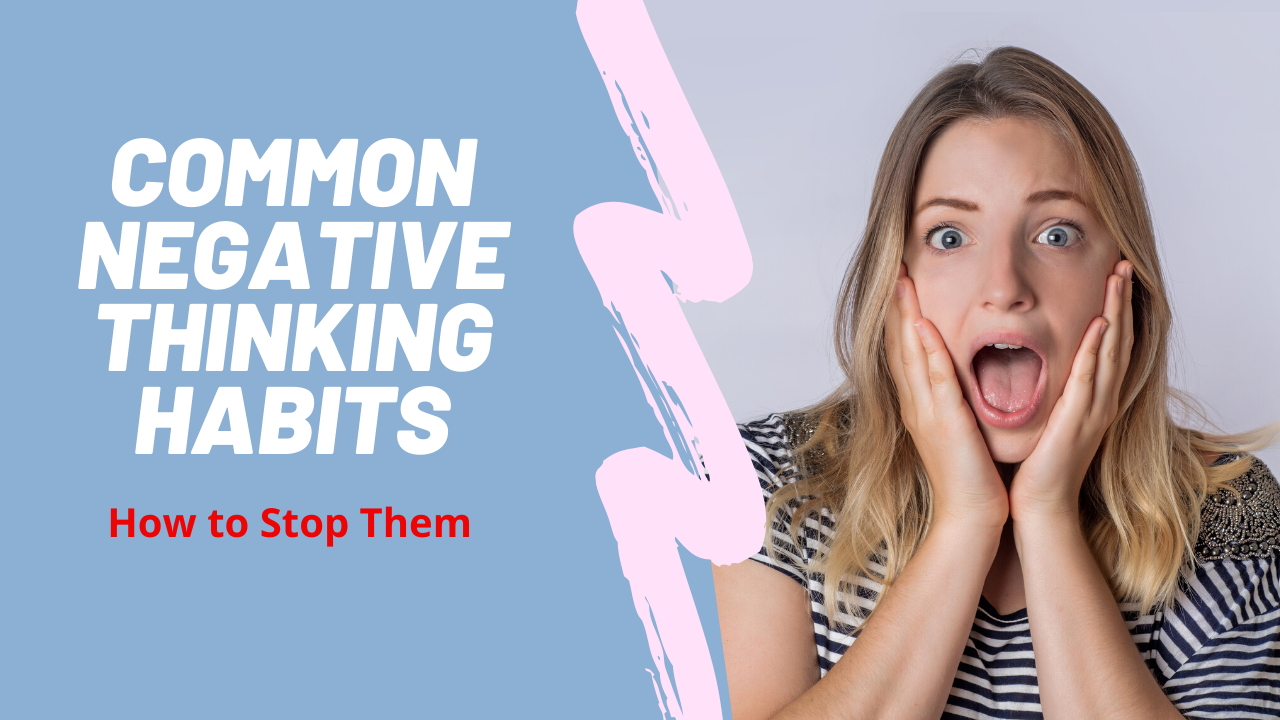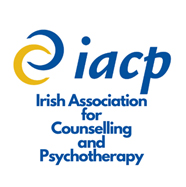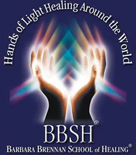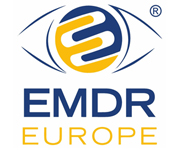Our senses bombard our brain with 11 million bits of information a second. To consciously process all this information would be overwhelming and confusing. So our conscious mind uses only 50 or so of the available 11 million bits to understand and interpret the experiences we are having.
We use what’s known as ‘Confirmation Bias’ to choose the information we pay attention to. This happens outside our conscious awareness and involves including information that confirms what we already know and believe and ignoring anything that doesn’t fit with what we know and believe. While this is good for helping us make sense of new information quickly it also causes problems because often our preexisting beliefs are not accurate.
Imagine the young boy who struggles in school and begins to believe he is stupid. He will start notice everything that confirms this and discount the things that don’t fit with this belief. As an adult his belief in his own stupidity may well seem to have become a self-fulfilling prophesy.
We think we are seeing the world accurately – as it really is – but often our mind takes ‘short cuts’ and presents us with negatively biased information. This in turn can have a powerfully negative effect on how we feel and behave.
Aaron Beck, a founding father of Cognitive Behavioural therapy along with David Burns identified 10 negative thinking biases common in people struggling with depression, anxiety, low self-esteem and other mental health challenges. These thinking biases, to greater or lesser extent, are present in many of us.
Identifying them, recognising that they may not be an accurate reflection of reality and adopting more helpful thought patterns can have a profoundly positive affect on our feelings and behaviours.
My latest videos talks about the 10 most common thinking biases and shows you how you can challenge these unhelpful thinking habits.
I hope you find it helpful.






